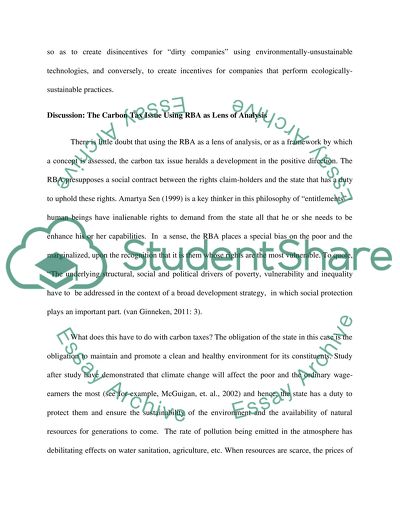Cite this document
(“The rights-based approach and carbon taxes in Australia Assignment”, n.d.)
Retrieved de https://studentshare.org/finance-accounting/1391051-professional-development
Retrieved de https://studentshare.org/finance-accounting/1391051-professional-development
(The Rights-Based Approach and Carbon Taxes in Australia Assignment)
https://studentshare.org/finance-accounting/1391051-professional-development.
https://studentshare.org/finance-accounting/1391051-professional-development.
“The Rights-Based Approach and Carbon Taxes in Australia Assignment”, n.d. https://studentshare.org/finance-accounting/1391051-professional-development.


